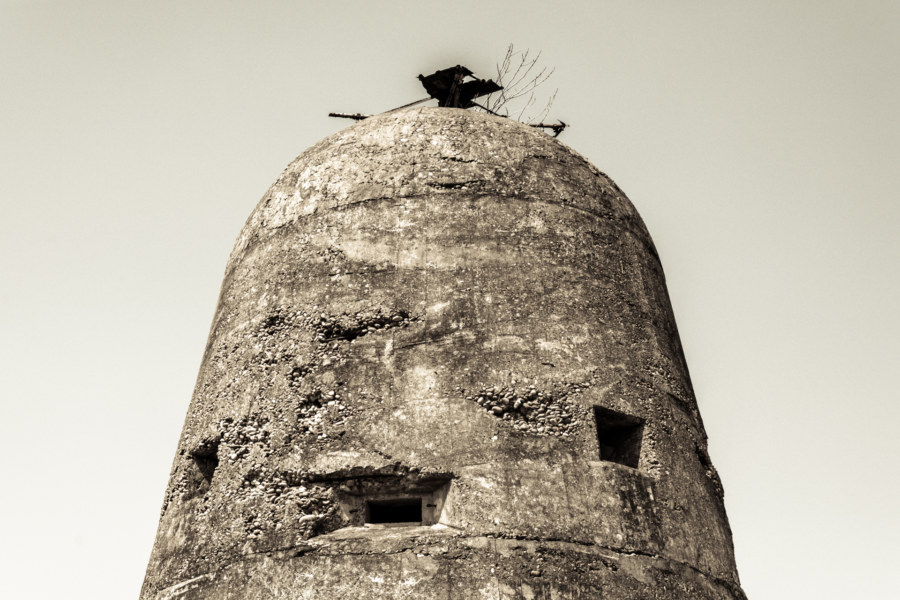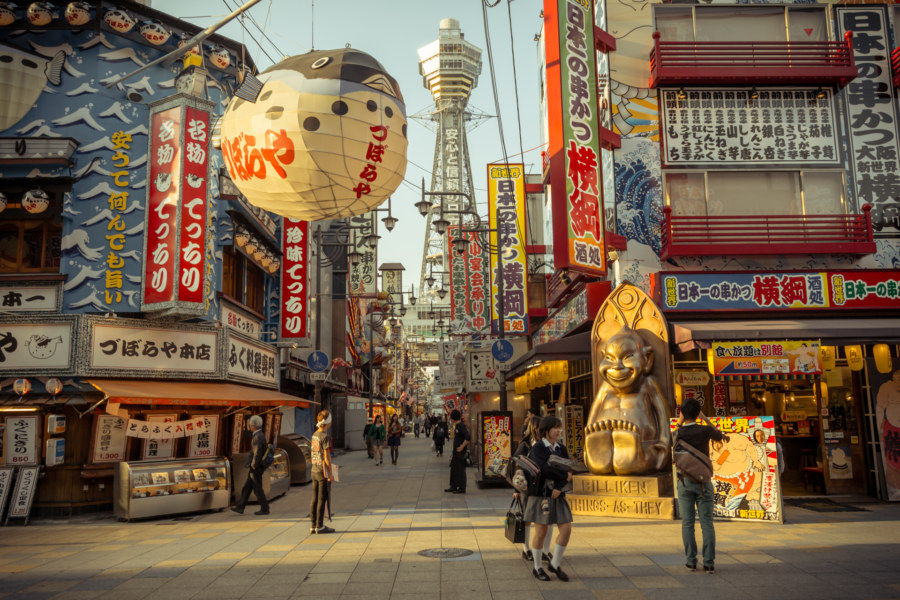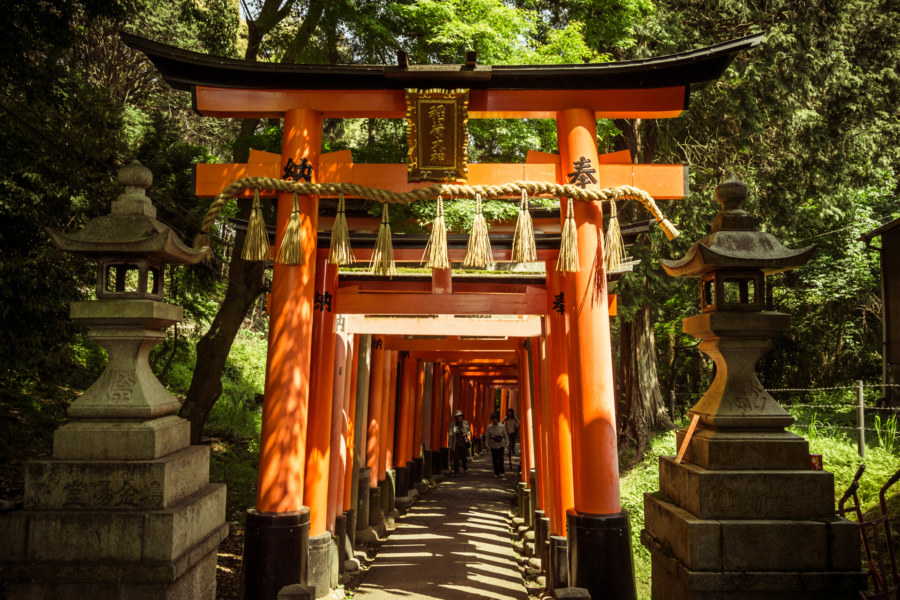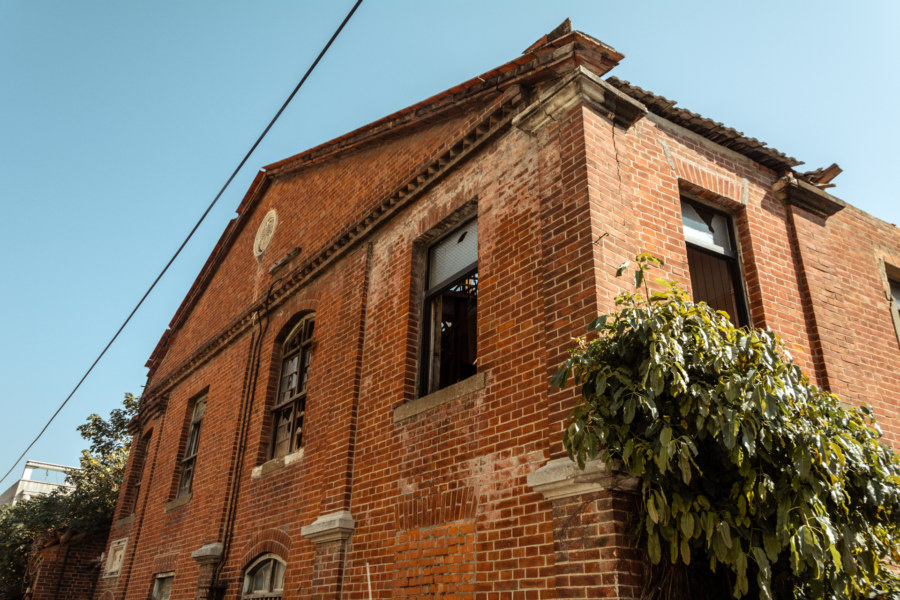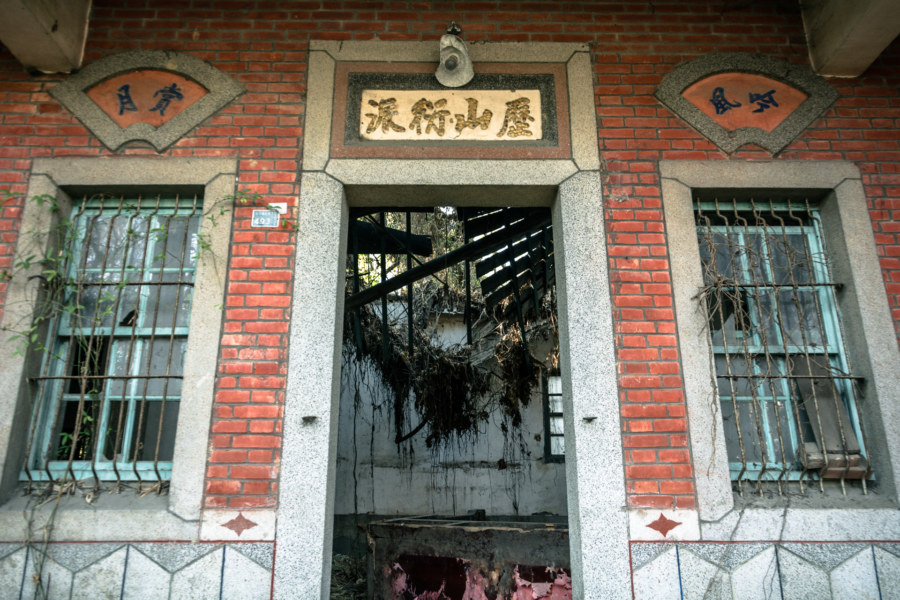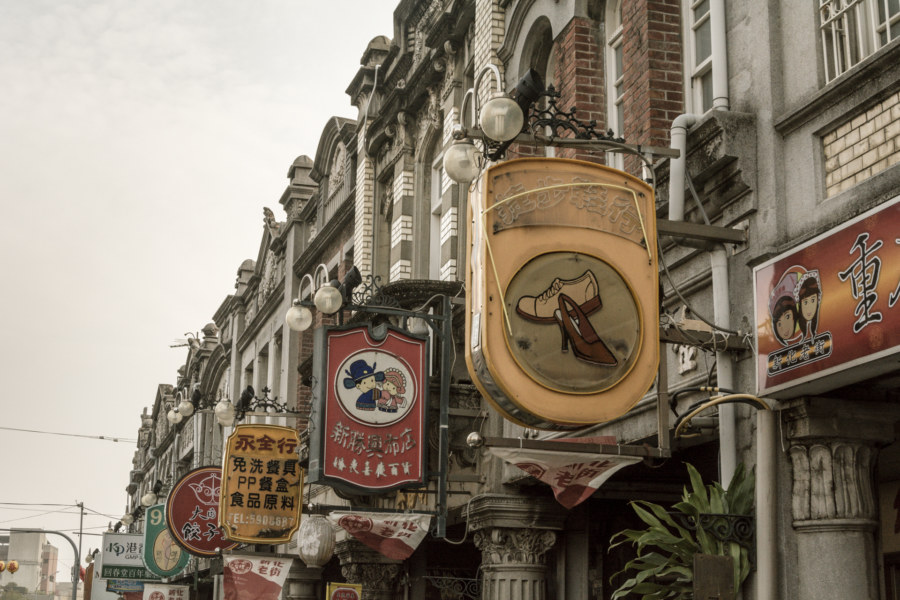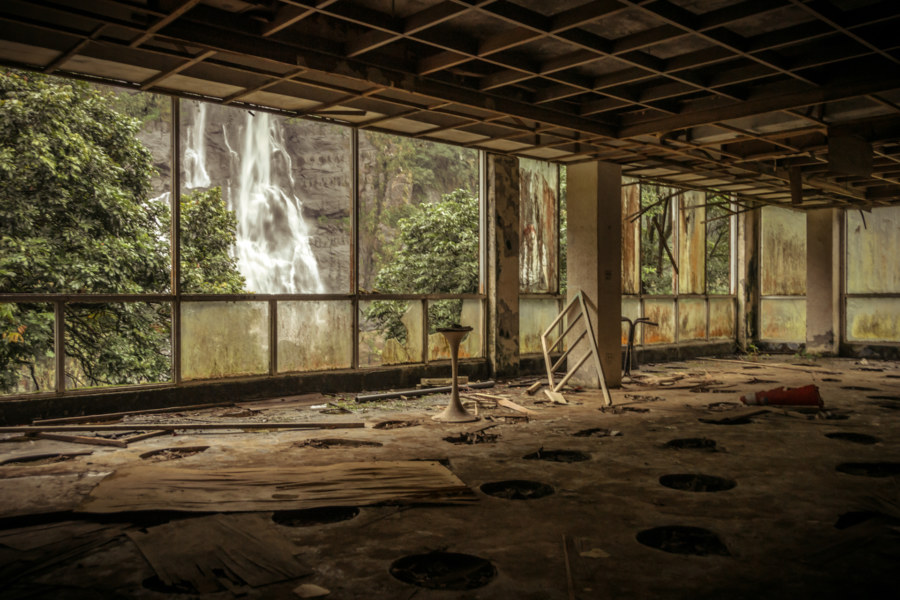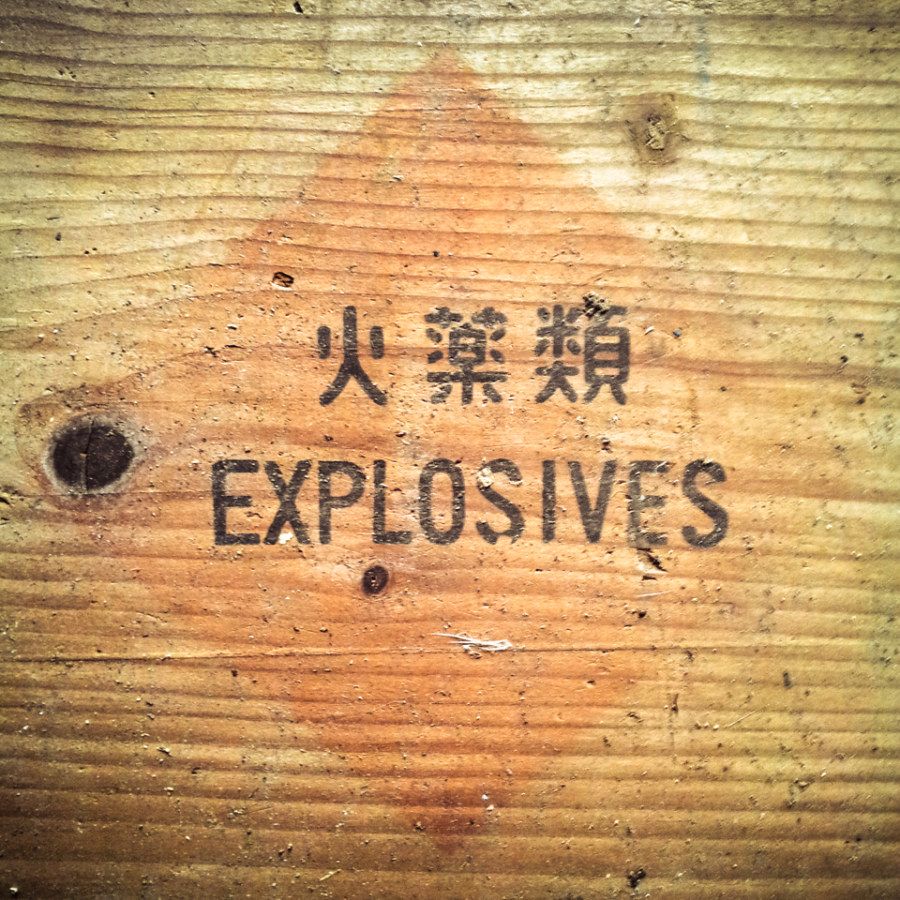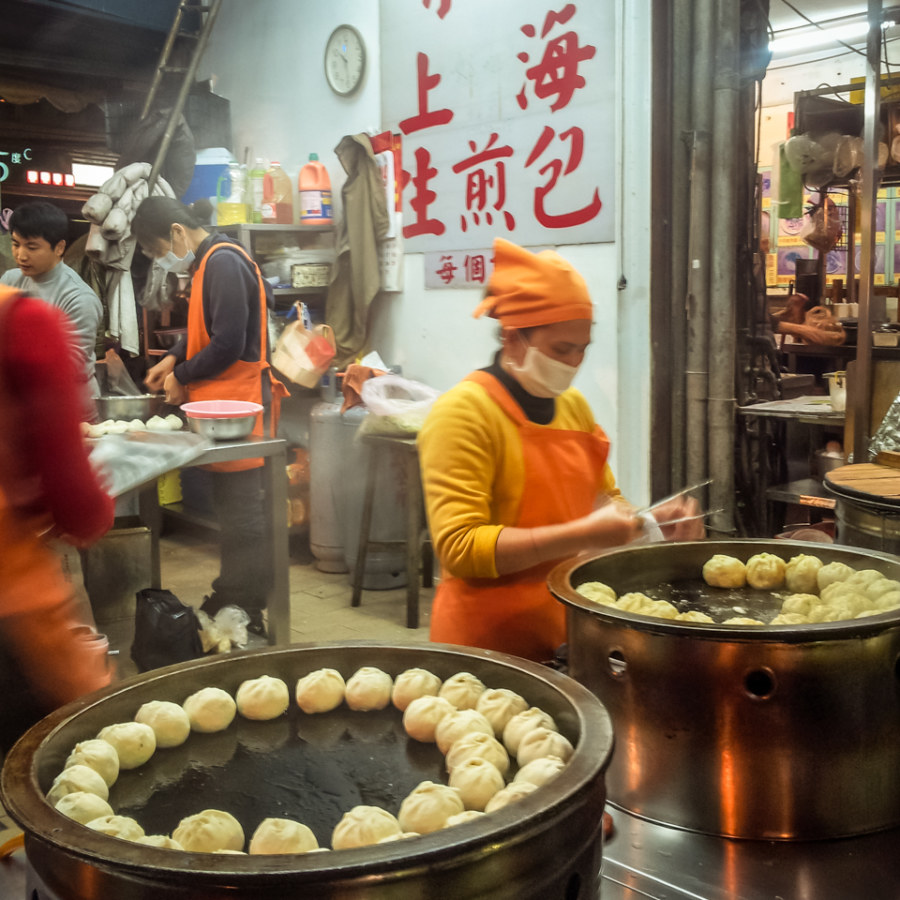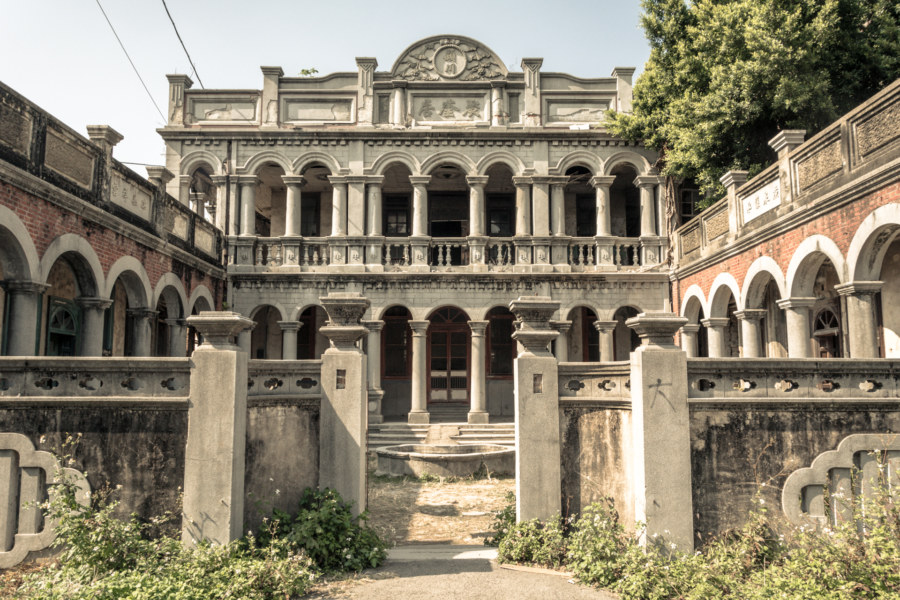One of my idle pursuits this mild winter has involved documenting all the obscure and unusual stuff I find in my travels around Changhua. When I go riding I prefer to take winding roads that twist and turn through old villages rather than the newer thoroughfares that directly connect communities in the countryside. Sometimes this pays off—for instance, while exploring some of the side roads on my way to Lukang I found this strange looking building amid the rice fields and rural industrial sprawl.
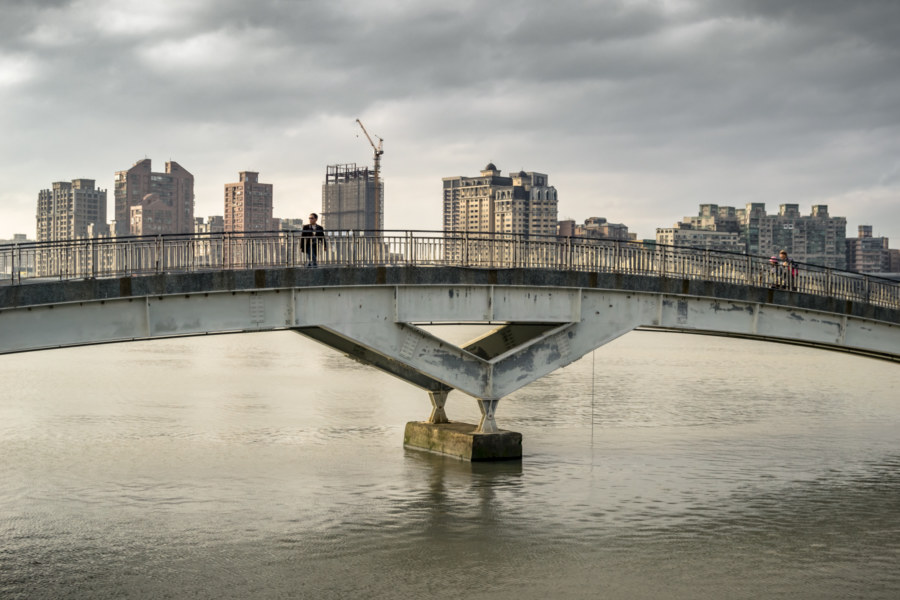
Exploring the urban condition: the buildings that tower over all, the rhythm of the streets, and the fleeting moments of humanity in the midst of the concrete jungle. See also: urbex.
Subterms
Adjacent Terms
Nishinari and The Way Things Ought To Be
Nishinari is widely reputed to be the most run-down, crime-ridden, and dangerous part of Osaka—and about as close to a slum as you are likely to find anywhere in Japan. This may explain the preponderance of cheap backpacker accommodation in Shinimamiya, the area just south of Shinsekai 新世界 (literally “New World”), where I stayed for a single night last May before returning to Taiwan. Although I only had a few hours to work with I couldn’t resist wandering around Nishinari to see just how bad it was. I figured it couldn’t be any worse than the Downtown Eastside, the festering carbuncle of Vancouver, which I had wandered through on many occasions.
Fushimi Inari Taisha 伏見稲荷大社
Last spring I visited the Kansai Region of Japan for a whirlwind five day tour of Wakayama, Kyoto, Nara, and Osaka. Along the way I stopped at Fushimi Inari Taisha 伏見稲荷大社, one of the most popular and photogenic attractions in Kyoto. I seldom engage in conventional tourism but couldn’t resist the sight of thousands of torii leading up the mountainside. Here are a few photos from my time there.
Yangliufeng Mansion 楊柳風燒酒全故宅
During the Japanese colonial era the liquor trade in Taiwan—along with tobacco, camphor, and several other goods—was tightly controlled by a government agency, the Monopoly Bureau. Alcohol was sold exclusively through a network of authorized distributors, many of whom were local Taiwanese who evidently became quite wealthy, as this crumbling yet majestic ruin in the back alleys of Changhua City would suggest. Located along a small laneway just off Mínshēng Road 民生路, this two-story brick mansion was formerly the residence of the local liquor monopoly distributor.
Hemei Yao Family Old Home 和美姚家老屋
I went out riding through Hemei not so long ago, drawn by the allure of a mysterious building that I will write about sometime soon. On the return trip I noticed this old home peeking out of the woods at the side of Zhāngxīn Road 彰新路, better known as highway 139. I don’t stop every time I see the signs of abandonment—for I would never get anywhere at all in rural Taiwan if I did so—but this place seemed worth a look. After pushing through the overgrowth I was impressed by the beauty of the stonework and inscriptions on the outside of the building.
Xinhua Old Street 新化老街
Xinhua Old Street 新化老街 is one of the finest old streets in all Taiwan. Located in Xinhua, Tainan, the street is lined baroque revival and art deco buildings from the Japanese colonial era. Most of the buildings on the western side of the street date back to the 1920s whereas the eastern side features a more modernist style from the late 1930s.
Wulai Qingpu Hotel 清瀑大飯店
While on a day trip to Wulai at the very end of 2013 I was delighted to stumble upon one of the most picturesque abandonments I have had the pleasure of exploring in Taiwan. Mere steps from the southern terminus of the Wulai Sightseeing Tram 烏來觀光台車 one will find a viewing platform across from Wulai Falls 烏來瀑布, one of the most scenic waterfalls in the greater Taipei area. What you might not realize—unless you have a sixth sense for all things abandoned—is that the viewing platform doubles as the rooftop of a derelict hotel with a rather stunning view.
Jinguashi Old House 金瓜石老屋
One of the enduring mysteries of abandoned Taiwan is this: why do people leave so much stuff behind when they go? I understand there might not be any descendants or close friends to go through the belongings of the departed—but what about when entire families pick up and move? Sure, leave the junk behind (and there’s lots of that), but what about children’s toys, letters and diaries, old schoolwork, music, book, and movie collections, and photographs? It is almost as if entire families undergo a kind of ritual metamorphosis, pupating within their former domiciles, emerging transformed and casting away the remnants of their former lives, all the miscellaneous detritus and kipple that naturally accumulates in the course of everyday affairs.
Scenes From Everyday Life in Wenshan District
I lived in Wenshan, Taipei, from October 2013 until April 2014 when I moved south to Tainan. In those six months I captured a great many photographs from in around the area, the finest of which were previously shared on this blog in a post about the urban landscape of Wenshan. It was my intention with that post to portray southern Taipei from the vantage point of mountaintops, hillsides, river banks, and pedestrian overpasses, with only a couple of shots from street level. This time around I would like to zoom in and share scenes from everyday life in Wenshan.
Jukuiju 聚奎居
Jùkuíjū 聚奎居 is an abandoned mansion in Wuri, Taichung, built in 1920 by Chén Shàozōng 陳紹宗, a wealthy businessman and landowner. The architecture is a combination of the traditional Taiwanese sānhéyuàn 三合院 (a U-shaped building with three parts surrounding a central courtyard) and the Baroque Revival style of the Japanese colonial era. It is located on the rundown, industrial margins of the city, along an otherwise unremarkable lane next to a military base, looking completely out of place in space and time.
